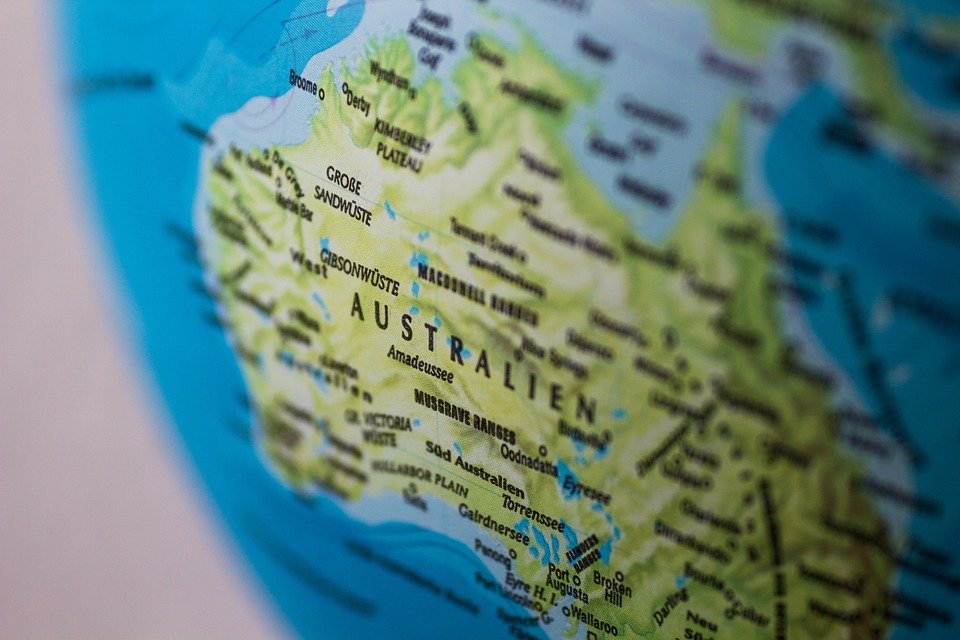[ad_1]
How to Assess the Accuracy of a Boundary Survey
A boundary survey is an important part of any land transaction. It is a legal document that identifies the boundaries of a parcel of land and its ownership. It is essential to ensure that the survey is accurate and that it meets the requirements of the relevant laws and regulations. This article will provide an overview of how to assess the accuracy of a boundary survey.
What is a Boundary Survey?
A boundary survey is a process of accurately determining the boundaries of a parcel of land. It is typically used in the transfer of land ownership and involves measuring the boundaries of the parcel and then mapping them onto a survey plan. The surveyor will also record the location of any existing structures or features on the land. The survey is then used to create a legal document that identifies the boundaries of the land and its ownership.
Assessing Accuracy
When assessing the accuracy of a boundary survey, there are several factors to consider.
Legal Requirements:
The first factor to consider is whether the survey meets the legal requirements of the relevant jurisdiction. This includes the accuracy requirements for the survey, as well as any additional requirements that may be applicable. It is important to ensure that the survey complies with all relevant laws and regulations.
Field Measurements:
The second factor to consider is the accuracy of the field measurements that were taken during the survey. The surveyor will typically use a variety of instruments to measure the boundaries of the parcel. These instruments should be calibrated regularly and checked for accuracy. The surveyor should also be able to provide a record of the measurements that were taken.
Analysis of Data:
The third factor to consider is the accuracy of the data analysis that was conducted. This includes verifying that the measurements were accurate and that the surveyor used appropriate methods to determine the boundaries of the parcel. The surveyor should be able to provide evidence of the accuracy of their analysis.
Mapping Errors:
The fourth factor to consider is the accuracy of the mapping that was done. This includes verifying that the boundaries of the parcel were accurately mapped onto the survey plan. The surveyor should also be able to provide evidence of any errors that occurred during the mapping process.
Expert Opinion:
The fifth factor to consider is the accuracy of the expert opinion that was used to assess the accuracy of the survey. The surveyor should be able to provide evidence of the qualifications and expertise of the expert that was consulted.
Conclusion
A boundary survey is an important part of any land transaction. It is essential to ensure that the survey is accurate and that it meets the requirements of the relevant laws and regulations. This article has provided an overview of how to assess the accuracy of a boundary survey. It is important to consider the legal requirements, the accuracy of the field measurements, the accuracy of the data analysis, the accuracy of the mapping, and the accuracy of the expert opinion that was used to assess the accuracy of the survey.
[ad_2]


